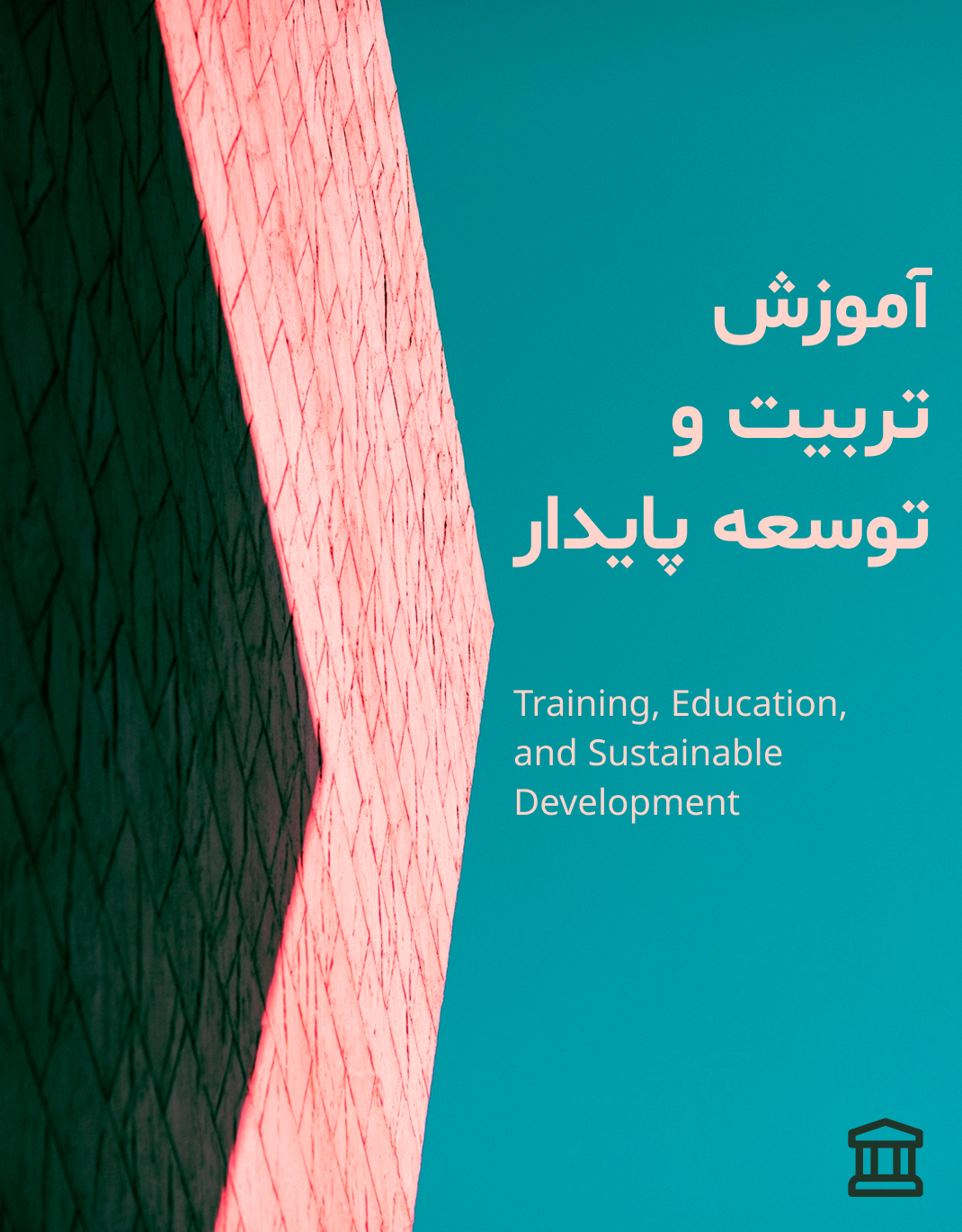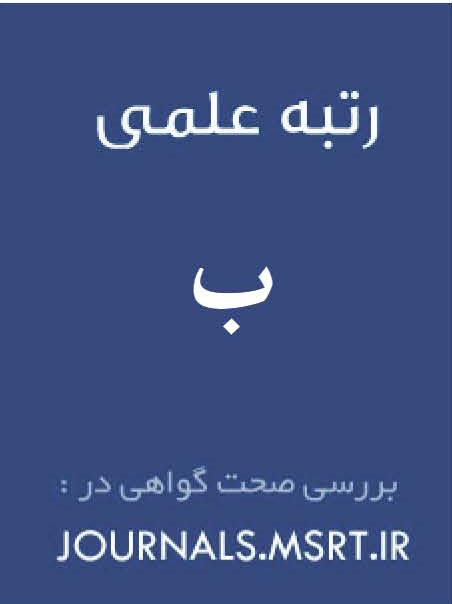تحلیل جامعه شناختی تاثیر شبکههای اجتماعی بر نشاط اجتماعی در بین جوانان شهر تبریز
کلمات کلیدی:
شبکه های اجتماعی, نشاط اجتماعی, جوانان, تبریزچکیده
هدف پژوهش بررسی تأثیر سه خردهمقیاس میزان استفاده، نوع استفاده و میزان اعتماد در شبکههای اجتماعی بر نشاط اجتماعی جوانان شهر تبریز است. پژوهش از نظر هدف، کاربردی و از نظر نوع دادهها، کمی است. روش اجرای تحقیق پیمایشی و ابزار گردآوری دادهها دو پرسشنامه استاندارد بوده است: پرسشنامه شبکههای اجتماعی جهانبانی (۱۳۹۷) با سه بُعد میزان استفاده، نوع استفاده و میزان اعتماد به کاربران و پرسشنامه نشاط اجتماعی آکسفورد (۱۹۸۹). جامعه آماری شامل جوانان ۱۵ تا ۳۰ سال شهر تبریز و حجم نمونه ۲۳۰ نفر است که به روش نمونهگیری زنجیرهای انتخاب شدند. برای تجزیه و تحلیل دادهها از نرمافزار SPSS نسخه ۲۷ و روش رگرسیون دو متغیره استفاده شد. نتایج نشان داد سطح نشاط اجتماعی جوانان در حد بالا قرار دارد. همچنین سه خردهمقیاس شبکههای اجتماعی تأثیر معناداری بر نشاط اجتماعی دارند. میزان استفاده از شبکههای اجتماعی بیشترین تأثیر را بر نشاط اجتماعی داشته است (β=0.63، p<0.001). تأثیر نوع استفاده برابر با β=0.53 و میزان اعتماد به کاربران برابر با β=0.54 بوده است (هر دو با p<0.001). بنابراین استفاده بیشتر، کاربری هدفمندتر و اعتماد بالاتر در شبکههای اجتماعی به افزایش نشاط اجتماعی جوانان منجر میشود. نتایج پژوهش نشان داد شبکههای اجتماعی مجازی از طریق گسترش سرمایه اجتماعی، افزایش تعاملات ارتباطی و تقویت حس اعتماد، در ارتقای نشاط اجتماعی جوانان نقش مهمی دارند. استفاده هوشمندانه و آگاهانه از این شبکهها میتواند به بهبود روابط اجتماعی، تقویت هویت فردی و رشد فرهنگی کمک کند. در مقابل، بیاعتمادی یا استفاده ناصحیح ممکن است آثار منفی بر احساس رضایت اجتماعی و نشاط جوانان داشته باشد. بنابراین تقویت فرهنگ استفاده مسئولانه از فضای مجازی و توسعه برنامههای آموزشی و فرهنگی در این زمینه ضروری است.
دانلودها
مراجع
Afshani, A. (2013). Investigating the level of social happiness among Yazdi youth and its related factors. Journal of Social Analysis, 4(69). https://jgusd.um.ac.ir/index.php/article_41528.html?lang=en
Akhavan Malayeri, F., Noghani, M., & Khorasani, M. (2014). Virtual social networks and happiness. Journal of Media and Culture, 4(2), 24-21. https://mediastudy.ihcs.ac.ir/article_1487.html?lang=en
Ashairi, T., & Parvar, T. J. (2023). Factors affecting social vitality: Meta-analysis of researches. https://rahbordfarhangi.csr.ir/article_155479.html
Atabaki, J., Yarmohammadi, M., & Imamjoma, F. (2025). Components of individual and social happiness from the perspective of Islam and the theories of psychology and sociology. Journal of Interdisciplinary Studies of Jurisprudence(1). https://journals.iau.ir/article_698674.html
Coleman, J. (2018). Foundations of Social Theory. Tehran: Ney Publishing. https://books.google.com/books/about/Foundations_of_Social_Theory.html?id=a4Dl8tiX4b8C
Donyay-e-Eqtesad, N. (2019). Social well-being in Iran. https://donya-e-eqtesad.com
Hezar Jaribi, J., & Moradi, S. (2014). Social vitality and its related factors (a study among students of Allameh Tabatabaei University). Quarterly Journal of National Studies, 15(4), 3-28. https://www.rjnsq.ir/article_97100.html
Jahanbani, N. (2018). Investigating the relationship between networks and social media on the mental health of primary school principals in Chabahar city Master's thesis, Islamic Azad University, Bandar Jask Branch].
Jahanibazeh, A. (2019). Investigating the effect of virtual networks on teachers' social well-being. Journal of Social Work, 1(3). https://civilica.com/doc/1966126/
Kalantari, A., Keshavarz, A., & Momeni, H. (2016). Relationship between social capital and social vitality of Dehloran city youth. Journal of Social Work Research, 3(10). https://rjsw.atu.ac.ir/article_9371.html
Kaspersen, L. (2000). Anthony Giddens: An Introduction in a Social Theorist. Blackwell Publishers. https://www.amazon.com/Anthony-Giddens-Introduction-Social-Theorist/dp/0631207341
Khoshroo, Z., Rahmani Khalili, E., & Turkaman, F. (2022). Teachers' Social Vitality, Support Approach and Social Health. Iranian Sociological Review, 12(4), 1-13. https://iase-jrn.ir/index.php/se/article/view/327?articlesBySimilarityPage=12
Khujir, J. (2020). Investigating factors affecting social well-being among students. Journal of Social Work, 3(12).
Mohseni Tabrizi, A., & Sedaghati Fard, M. (2011). A study on social indifference in Iran, case study: Tehrani citizens. Journal of Applied Sociology, 43(3), 22-21. https://sid.ir/paper/154967/fa
Pantam, R. (2011). Democracy and Civil Traditions. Translated by Mohammad Taghi Delforuz, Tehran, Salam Publishing House. https://jisem-journal.com/index.php/journal/article/download/8759/4031/16284
Rabbani, R., Rabbani, A., Abedi, M., & Ganji, M. (2007). Culture and happiness: A theoretical and empirical approach to the daily lives of household heads in Isfahan. Quarterly Journal of Cultural and Communication Studies, 3(8), 41-78. https://www.sid.ir/paper/118107/fa
Samiei Esfahani, A. R., Pourdanesh, S., & Danesh, H. (2018). Social factors affecting teachers' social vitality (case study). Iranian Association of Sociology of Education, 6(6), 186-200. https://www.ensani.ir/fa/article/590684/
Sharifzadeh, H., Mirmohammadtabar, A., & Adlipour, P. (2017). Study of factors affecting social vitality in Iran. Rahdafan Farhang, 40, 159-180. https://sid.ir/paper/149199/fa
Zare Shahabadi, I., Mobaraki, M., & Ferdowsizadeh, A. (2015). Analysis of the relationship between social vitality and addiction tendency among 18-30 year old youth in Yazd city. Journal of Contemporary Sociological Research, 4(6), 174-145. https://csr.basu.ac.ir/article_1426.html
دانلود
چاپ شده
ارسال
بازنگری
پذیرش
شماره
نوع مقاله
مجوز
حق نشر 2025 حسین صفری

این پروژه تحت مجوز بین المللی Creative Commons Attribution-NonCommercial 4.0 می باشد.

